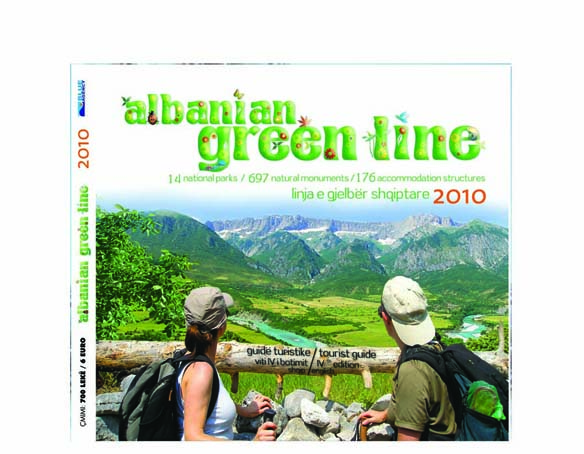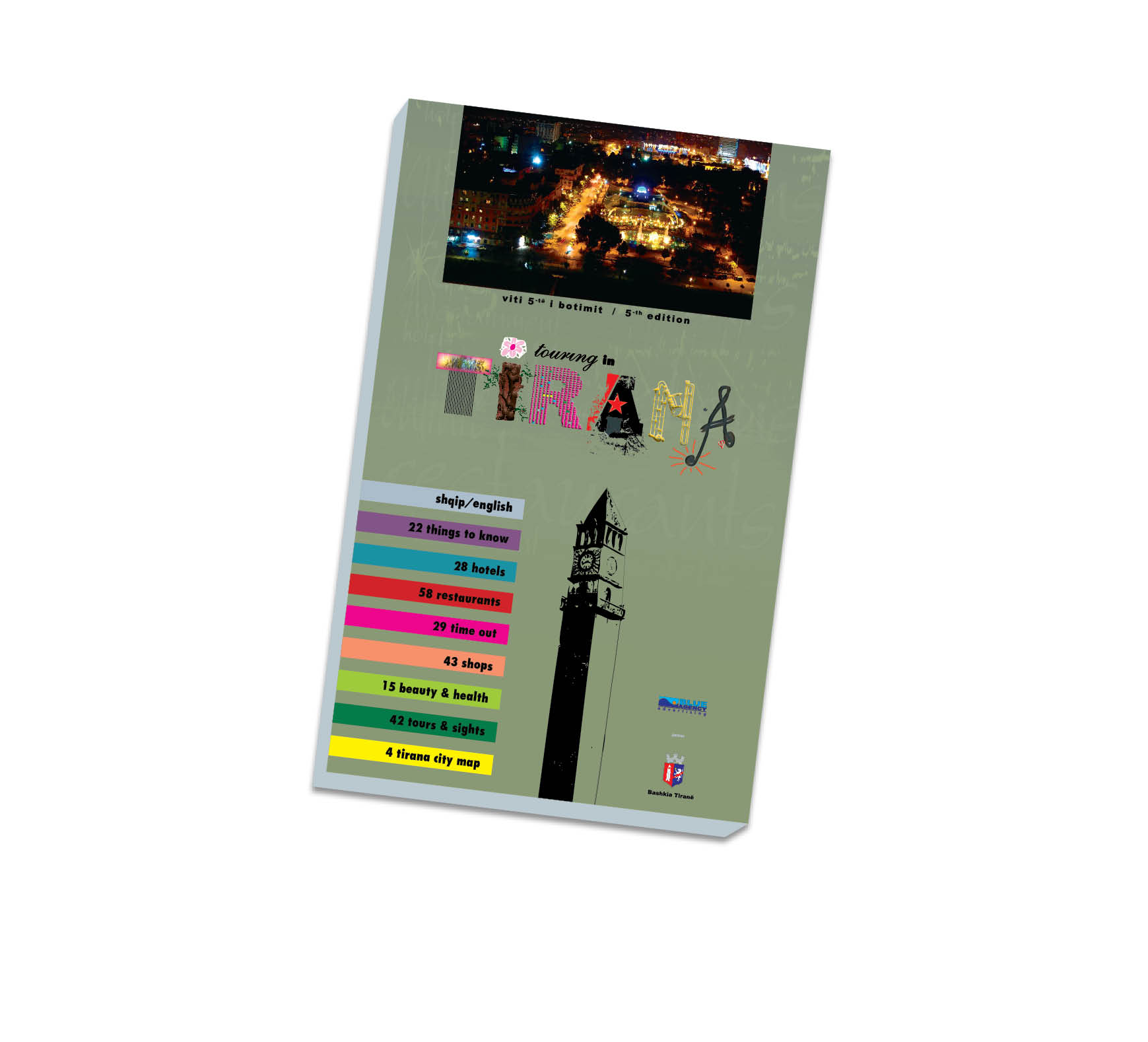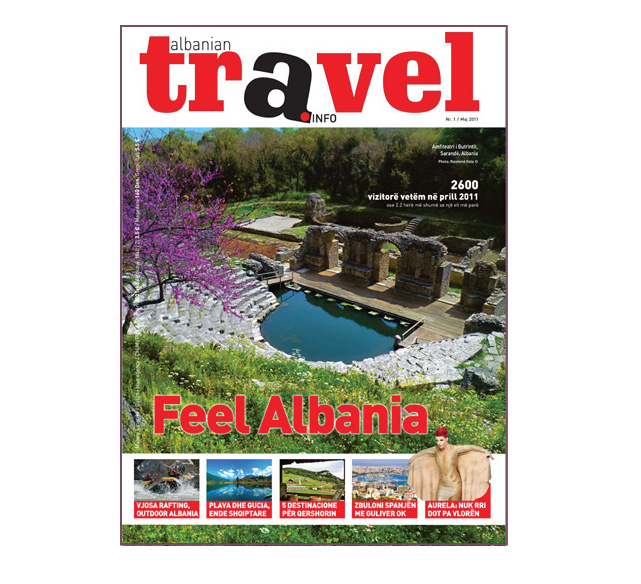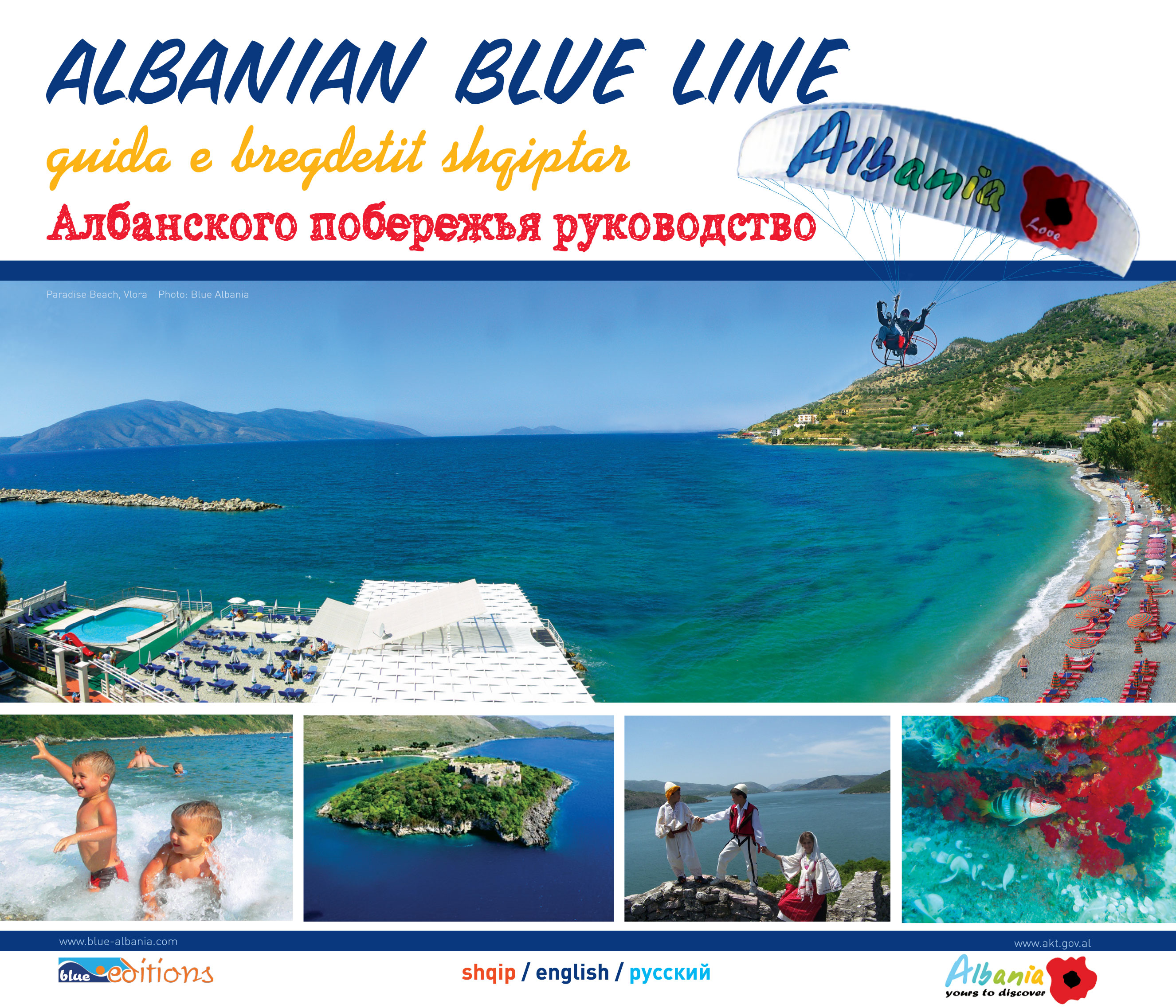Kucova General Info
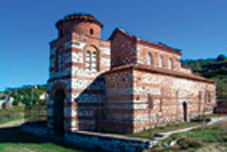
Kuçova is a small district participant of Berat county, which is characterized from clean streets full of green and joy. It has been an ancient Illyrian dwelling of Desaret tribe. From the documents of the époque and the diggings in the zone, (in Perondi village where we find the old church of St. Nikols) results that this area, has had a very developed culture and this is evident from the way of building the houses and from the beautiful avenue at the center of the town (10m wide and 50m long) decored from stone pieces. Also, at the Omurit hill, has been found Illyrian protection works, (as a torch, now exposed at Berati museum) which has been used to signalize the danger in case of enemy invasion.
During the medieval period has been used also the petroleum which came upland running by itself, around 1700-1800, some Kuçova inhabitants members of Brisku and Skuro families sold the petroleum to the inhabitants of Myzeqe, who used it for lubrication of steel wheels of the carts. After, they used it for combustion. During the First War, at the suburbia of Kuçova (there where we find today the cemetery) has been place an Austrian Army’s unite. At 1916, some mebres of this unite sow the spring coming down mixed with petroleum. After several studies they came in the conclusion that Kuçova was a town rich of petroleum sources. This fact has been published at 1918. Since that time, in Kuçova has made researches different companies of petroleum as AIPA (Azienda Italiana Petroli Albania), American, French, etc.
AIPA Company worked at Kuçova from 1928 till 1943. This company signed an agreement with King Zog that, if the sources of petroleum would arrive 50 000 tones for year, they would build a refinery. But even after 170 000 tones per year, the refinery wasn’t built. The petroleum use to go in Italy to be refined there. Kuçova is mentioned as the town where has been developed the first strike of the workers in Albania
The greates development of this town has been after the Second War, mostly during 1975-1990. Even why Kuçova was very industrially developed, until 1991 has been under the administration of Berati district. After 1991, the state decided to consider it important as a divided district.
Geographic position
Kuçova is bordered from Berati in south, Elbasani in north and from Lushnja in north-west. This area is characterized by a hilly-field relief, Mediterranean climate, with hot dry summer and cold winter. Kuçova is the record holder of the highest degrees in Albania, registered in summer of 1986, at July. Generally, dominate the dark brown soft lands, appropriate for the development of agriculture of the zone. The town is penetrated from Devolli river, which runs at north-west side of the village of Kozara.
The first gusher
At the year of 1928 in the place called “Dikatër” has been holed the first gusher in Albania. The petroleum came out rapidly and from that moment, Kuçova became part of the geologic world maps, as a big an important source of petroleum. After that the name of Kuçova was added even on the political and military maps.
The old medieval religious masterpieces
The church “Sleeping of St. Mary” built on the hill of Priest( kodra e Priftit) in Kozar, dates 300 years ago. The interesting fact is that within the church lies the cemetery in which has not been entombed neither an Islam inhabitant since the period of Enver Hoxha’s regime.
The church of Perondia – the oldest one in the Balkan peninsula
At the south part of Kuçova, less than 3 km from the center of the town, at the village of Perondi lies the church of St. Nikols, one of the oldest churches in Balkan peninsula, pretending to be the oldest one. Built during the X century, it is a classic expression of the byzantine architecture of the religious buildings. On the walls are combined the stone with earthen work, enriched with architectural elements.
Phil Boyden came to Albania, interested about the Albanian airbases and aircraft, which stoped their function in 1992. Phil writes:
As part of a group tour earlier this year I visited most of the Albanian airbases where we were warmly welcomed and allowed to photograph every aircraft. At Kuchova the most amazing sight was the large group of MiG-15bis, MiG-15UTI and Chinese F-6 (MiG-19s) in front of the Chinese built tunnel housing yet more aircraft of the same type. 27 aircraft are visible with another 50+ parked around the various dispersals or in the tunnel. Those in the tunnel are suffering from the moist atmosphere, and I believe none have moved under their own power since 1991 when all fixed-wing flying ceased except for a couple of F-6s which were held on ready alert at Rinas until 1992 when they too were parked up for good.
'Sea of MiGs' - Kucova, Albania, May 2007. Photo © Phil Boyden












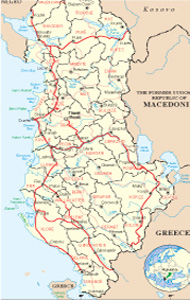






.jpg)
